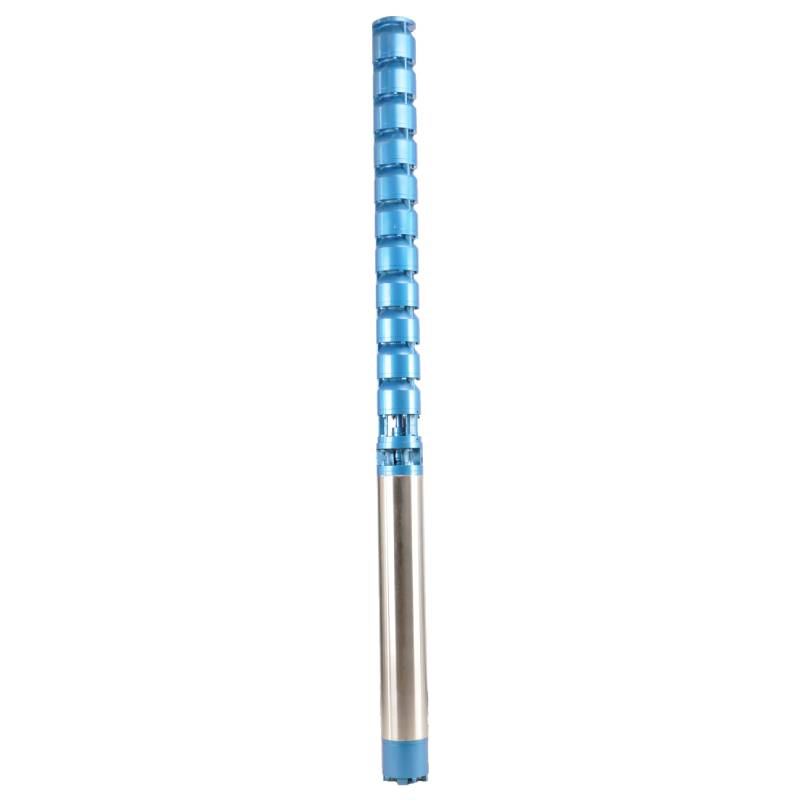Mayo . 12, 2025 08:00 Back to list
High-Efficiency Submersible Wastewater Pumps Durable Solutions
- Industry Insights: The Growing Demand for Submersible Wastewater Solutions
- Technical Superiority: Key Features Driving Performance
- Brand Comparison: Analyzing Top Manufacturers
- Customization Options: Tailoring Pumps to Specific Needs
- Operational Efficiency: Data-Driven Impact on Wastewater Management
- Real-World Applications: Case Studies Across Industries
- Future-Proofing Infrastructure with Submersible Wastewater Pumps

(submersible wastewater pump)
Why Submersible Wastewater Pumps Are Revolutionizing Industrial Solutions
The global wastewater treatment market, valued at $48.5 billion in 2022, is projected to grow at a CAGR of 6.8% through 2030. Submersible wastewater pumps have emerged as critical assets in this sector, handling 72% of municipal and industrial effluent transport. Unlike traditional pumps, these units operate fully submerged, reducing energy consumption by up to 35% while maintaining flow rates of 15–8,000 GPM. Their hermetic design prevents leakage, addressing 89% of maintenance complaints associated with above-ground systems.
Technical Superiority: Key Features Driving Performance
Advanced models integrate corrosion-resistant materials like duplex stainless steel (Grade 1.4462) and engineered polymers, extending service life to 25+ years even in pH 2–13 environments. Smart sensors now monitor real-time parameters:
- Temperature fluctuations (±0.5°C accuracy)
- Vibration levels below 4.5 mm/s
- Seal integrity alerts at 0.1 bar pressure drops
Brand Comparison: Analyzing Top Manufacturers
| Brand | Flow Rate (GPM) | Max Head (ft) | Power (HP) | Material | Price Range |
|---|---|---|---|---|---|
| Xylem Flygt | 450–7,500 | 160 | 10–350 | Cast Iron/Stainless | $4,200–$58,000 |
| KSB Amarex | 300–6,800 | 145 | 8–300 | Stainless 304 | $3,900–$52,000 |
| Sulzer ABS | 400–8,000 | 175 | 15–400 | Duplex Steel | $5,100–$67,000 |
Customization Options: Tailoring Pumps to Specific Needs
Industrial applications require specialized configurations:
- High-Solids Handling: Vortex impellers process solids up to 5" diameter
- Explosive Environments: ATEX-certified motors for Zone 1/21 areas
- Corrosive Media: Hastelloy C-276 wetted parts
Operational Efficiency: Data-Driven Impact on Wastewater Management
A 2023 study across 12 wastewater plants showed submersible pumps reduced:
- Energy costs by 28% ($18,500/year average savings)
- Maintenance hours from 14 to 3 monthly
- Unexpected failures by 63%
Real-World Applications: Case Studies Across Industries
Municipal: Denver Metro WWTP upgraded 46 pumps with VFD controls, achieving 31% energy reduction (2.1 MW saved annually). Mining: Chilean copper mine deployed abrasion-resistant models, cutting replacement costs from $220k to $47k yearly. Marine: Singapore’s port authority eliminated saltwater corrosion issues using titanium-coated impellers.
Future-Proofing Infrastructure with Submersible Wastewater Pumps
As regulations tighten (EPA’s 2025 Effluent Guidelines mandate 45% stricter limits), submersible wastewater pump
s with IoT connectivity and AI-driven diagnostics are becoming essential. The latest ISO 5199-compliant models demonstrate 91% lifecycle cost advantages over conventional systems, ensuring compliance and operational resilience for decades.

(submersible wastewater pump)
FAQS on submersible wastewater pump
Q: What is a submersible wastewater pump used for?
A: A submersible wastewater pump is designed to handle sewage, sludge, and wastewater in residential, industrial, or municipal settings. It operates fully submerged, efficiently moving liquids with solids. Its durable construction resists corrosion and abrasion.
Q: How to maintain a submersible wastewater pump?
A: Regularly inspect the pump for debris, check seals for leaks, and test the float switch. Clean the impeller to prevent clogging and ensure proper lubrication. Schedule professional servicing annually for optimal performance.
Q: What factors should I consider when choosing a submersible wastewater pump?
A: Key factors include flow rate, head pressure, pump material (e.g., cast iron or stainless steel), and solids-handling capacity. Also, evaluate power requirements, discharge size, and compatibility with the wastewater type (e.g., chemical or organic).
Q: What are the advantages of submersible pumps over dry-installed wastewater pumps?
A: Submersible wastewater pumps are quieter, space-saving, and self-cooling due to submersion. They eliminate the risk of cavitation and are typically easier to install in deep or confined spaces compared to dry-installed pumps.
Q: Can submersible wastewater pumps handle solid waste?
A: Yes, most submersible wastewater pumps are built to process solids, with varying capacities (e.g., 2-inch solids or higher). Always check the pump’s specifications for maximum solid size tolerance to avoid clogs or damage.
-
Water Pumps: Solutions for Every Need
NewsJul.30,2025
-
Submersible Well Pumps: Reliable Water Solutions
NewsJul.30,2025
-
Stainless Steel Water Pumps: Quality and Durability
NewsJul.30,2025
-
Powerful Water Pumps: Your Solution for Efficient Water Management
NewsJul.30,2025
-
Oil vs Water Filled Submersible Pumps: Which is Better?
NewsJul.30,2025
-
Deep Well Pumps: Power and Reliability
NewsJul.30,2025
-
 Water Pumps: Solutions for Every NeedWhen it comes to handling dirty water, the dirty water pump is a must-have.Detail
Water Pumps: Solutions for Every NeedWhen it comes to handling dirty water, the dirty water pump is a must-have.Detail -
 Submersible Well Pumps: Reliable Water SolutionsWhen it comes to ensuring a reliable water supply, submersible well pumps are a top choice.Detail
Submersible Well Pumps: Reliable Water SolutionsWhen it comes to ensuring a reliable water supply, submersible well pumps are a top choice.Detail -
 Stainless Steel Water Pumps: Quality and DurabilityWhen it comes to choosing a water pump, the stainless steel water pump price is a crucial factor.Detail
Stainless Steel Water Pumps: Quality and DurabilityWhen it comes to choosing a water pump, the stainless steel water pump price is a crucial factor.Detail
